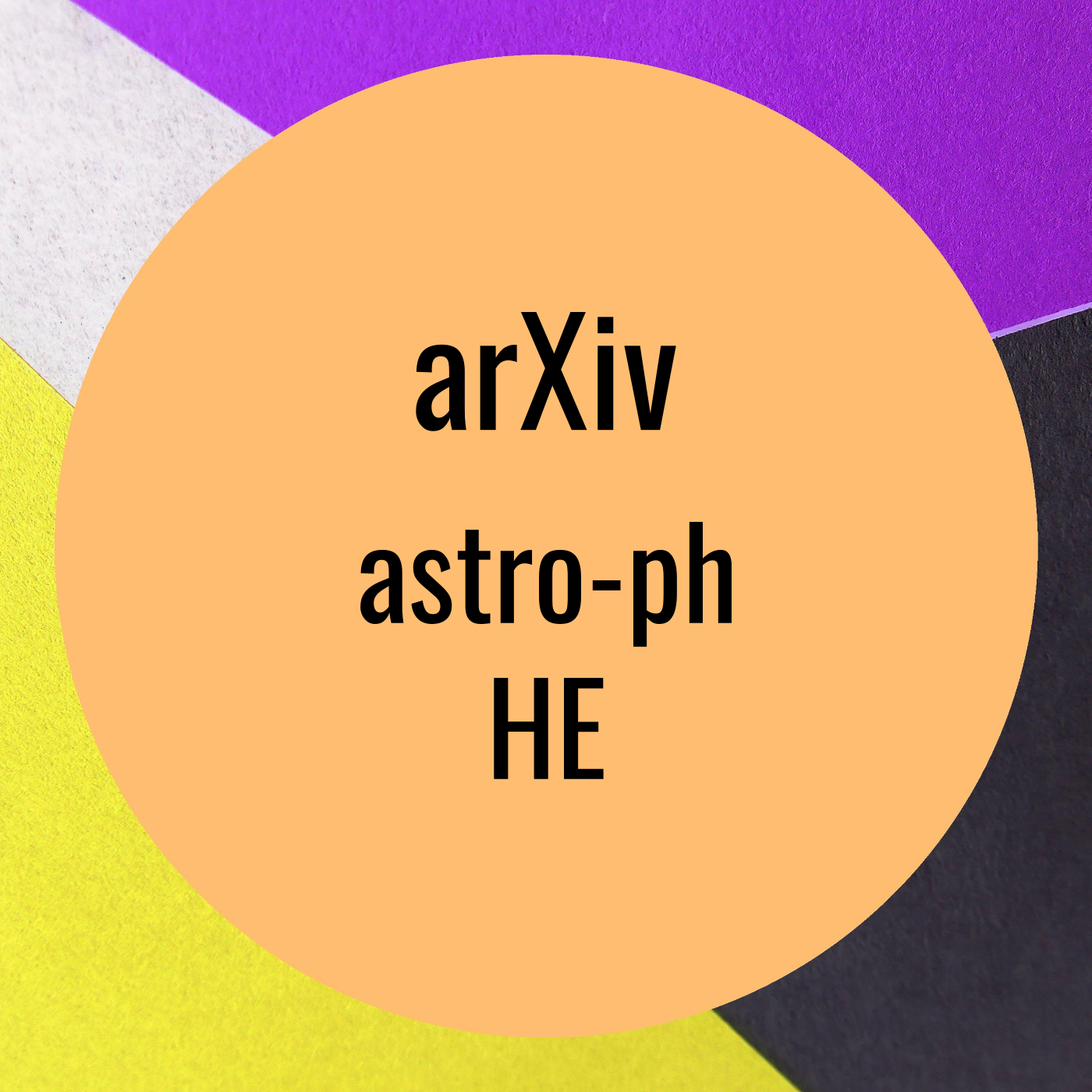A non-repeating fast radio burst in a dwarf host galaxy
Description
A non-repeating fast radio burst in a dwarf host galaxy by Shivani Bhandari et al. on Wednesday 30 November
We present the discovery of as-of-yet non-repeating Fast Radio Burst (FRB)
with the Australian Square Kilometer Array Pathfinder (ASKAP) as a part of the
Commensal Real-time ASKAP Fast Transients (CRAFT) Survey. FRB 20210117A was
detected at the center frequency of 1271.5 MHz with a dispersion measure (DM)
of $728.95\pm 0.01$ pc cm$^{-3}$. The sub-arcsecond localization of the burst
led to the identification of its host galaxy at a $z=0.214(1)$. Optical
observations reveal the host to be a dwarf galaxy with little on-going star
formation, very different to the dwarf host galaxies of known repeating FRBs
20121102A, and 20190520B. We find an excess DM contribution from the host and
attribute it to the FRB's local environment. We do not find any radio emission
from the FRB site or host galaxy. The low magnetized environment and lack of a
persistent radio source (PRS) indicate that the FRB source is older than those
found in other dwarf host galaxies and establish the diversity of FRB sources
in dwarf galaxy environments. We find our observations to be best described by
the hypernebula model, where FRB is powered by accretion-jet from a
hyper-accreting black hole. Finally, our high-time resolution analysis reveal
burst characteristics similar to those seen in repeating FRBs. We encourage
follow-up observations of FRB 20210117A to establish any repeating nature.
arXiv: http://arxiv.org/abs/http://arxiv.org/abs/2211.16790v1
More Episodes
Hard X-ray Observations of the Hydrogen-poor Superluminous Supernova SN 2018hti with NuSTAR by Igor Andreoni et al. on Wednesday 30 November
Some Hydrogen-poor superluminous supernovae are likely powered by a magnetar
central engine, making their luminosity larger than common supernovae....
Published 11/30/22
Fundamental physics with neutron stars by Joonas Nättilä et al. on Wednesday 30 November
Neutron stars are rich laboratories of multiple branches of modern physics.
These include gravitational physics, nuclear and particle physics, (quantum)
electrodynamics, and plasma astrophysics. In this...
Published 11/30/22
Published 11/30/22


